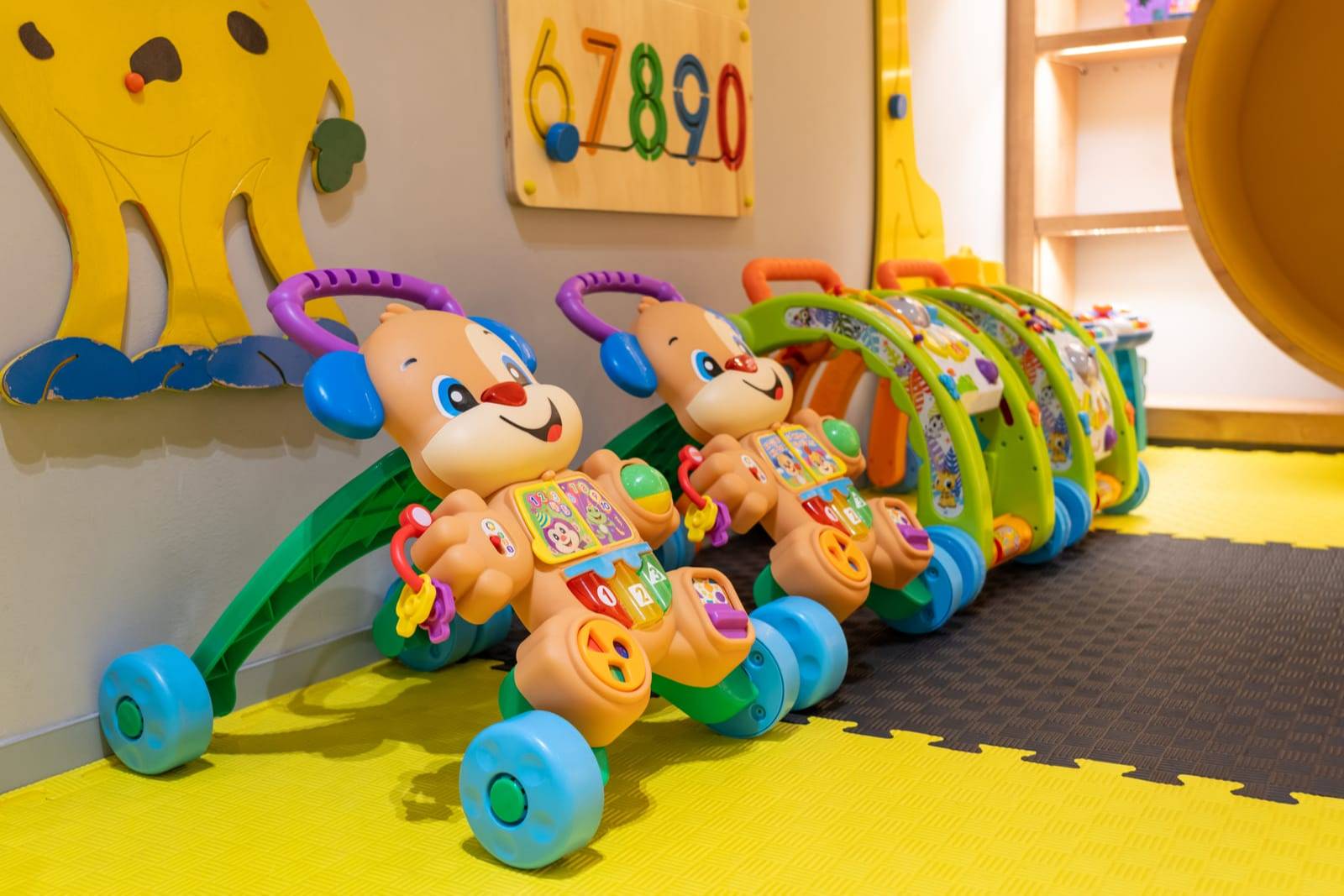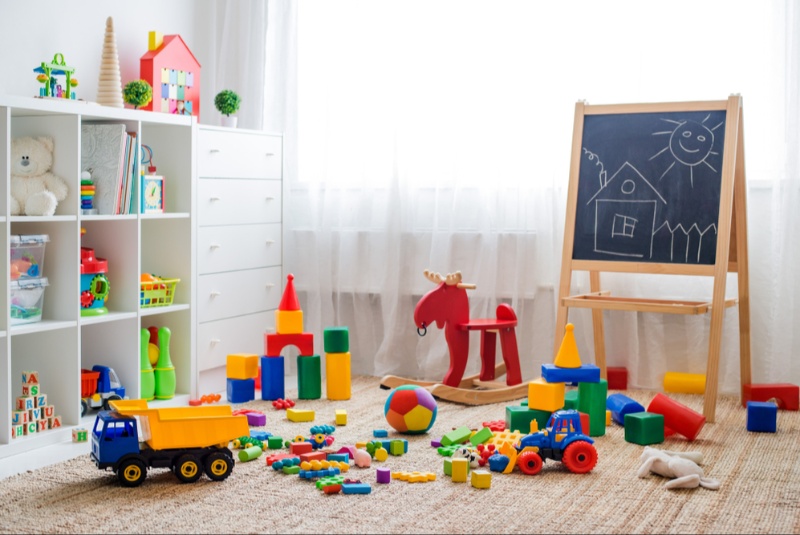In a world bursting at the seams with a myriad of toy options, parents, relatives, and friends face a delightful yet daunting challenge: selecting toys that not only entertain but also contribute to the healthy development of their cherished little ones. Mastering the art of picking quality children’s toys is akin to becoming an art connoisseur—one must have a discerning eye for the masterpieces amid a sea of mediocrity. This guide aims to illuminate the path to finding those gems that will light up children’s eyes and stimulate their minds, hearts, and bodies.
Understanding Child Development Stages
To make informed choices, one must first understand that children’s toys are not just playthings but tools that aid in the cognitive, physical, emotional, and social development of a child. Each stage of a child’s growth demands different stimuli. For instance, infants require toys that engage their senses and fine motor skills, like soft toys with varied textures or rattles. Toddlers, on the other hand, benefit from toys that encourage exploration and problem-solving, such as simple puzzles or building blocks. Older children might thrive with toys that stimulate creativity and strategic thinking, like art supplies or age-appropriate board games.
The Pillars of Quality in Children’s Toys
When searching for high-quality toys, consider the following pillars:
- Safety First: The non-negotiable aspect of any toy is its safety. High-quality toys are constructed with non-toxic materials and have passed stringent safety tests. They should be devoid of small parts that pose choking hazards for younger children and should have a sturdy build to withstand rough play without breaking into dangerous shards.
- Educational Value: A hallmark of a quality toy is its capacity to educate. Whether it’s through teaching numbers and letters, enhancing motor skills, encouraging inquisitive play, or introducing scientific concepts, educational toys engage a child's curiosity and pave the way for lifelong learning.
- Age Appropriateness: A superior toy is one that aligns with the child's developmental stage. It should neither be too simplistic to cause boredom nor too advanced to cause frustration. Age-appropriate toys offer the right level of challenge to promote learning and self-esteem.
- Play Versatility: The best toys allow for multiple ways to play. They are adaptable and encourage children to use their imaginations. These toys have a long play life, growing with the child as they find new ways to interact with them.
- Durability and Sustainability: A toy that withstands the test of time, not just in terms of durability but also in remaining relevant to a child as they grow, is of superior quality. Additionally, toys made from sustainable materials show respect for our planet and teach children about environmental stewardship.
- Stimulates the Senses: Quality toys often stimulate more than one sense. They might be bright and colorful to develop vision, make sounds for auditory processing, or have varied textures to explore tactilely.

Selecting Toys for Different Age Groups
Infants (0-1 year)
During the first year, infants are fascinated by the world around them. They are discovering their own senses and learning how to control their bodies. High-quality toys for infants include:
- Soft books with high-contrast patterns or textures.
- Rattles and teethers that are easy to hold and safe to chew.
- Activity mats that stimulate crawling and reaching.
Toddlers (1-3 years)
As toddlers begin to walk and talk, they’re honing their motor skills and starting to engage in pretend play. Quality toys for this age group might include:
- Building blocks that snap together or wooden blocks for stacking.
- Push and pull toys that bolster gross motor skills.
- Simple puzzles that challenge their problem-solving abilities.
Preschoolers (3-5 years)
Preschoolers are all about exploring and asking questions. They are refining their gross and fine motor skills and starting to understand social play. Superior toys for preschoolers include:
- Dress-up clothes for imaginative play.
- Art supplies like crayons, markers, and paper for creative expression.
- Simple board games that introduce the concept of rules and turn-taking.
School-age Children (6 years and older)
With school-age children, the focus shifts towards more complex skill development and social interaction. High-quality toys for this group include:
- Science kits and building sets that introduce basic STEM concepts.
- Arts and crafts kits that allow for more detailed projects.
- Board games and card games that require strategy and critical thinking.
The Impact of Technology on Toy Quality
In the digital age, ‘toy’ often means ‘tech’. While there is a place for technology in children’s toys, the best tech toys are those that are interactive and educational. They should encourage problem-solving and creativity rather than passive consumption. Be wary of tech toys that claim educational benefits without substantial evidence to support such claims.
Longevity and Adaptability
Quality children’s toys are often those that can be played with in various ways over several years. A dollhouse, for instance, can be a simple setting for imaginative play for a three-year-old, yet it can evolve into a complex stage for social interaction and role-play as the child grows. Look for toys that can be used in multiple ways, and that will grow with the child’s interests and abilities.
The Role of Play in Bonding and Learning
Toys are not just a means to keep children occupied; they are also a conduit for bonding. Engaging in play with a child not only strengthens your relationship but also enhances the child’s learning experience. It provides opportunities for adults to teach children how to play and also to learn from them, observing how they interact with the world.
Encouraging Diversity and Inclusivity
The toys children play with can shape their perceptions of the world and themselves. Quality toys reflect a diverse range of cultures, abilities, and genders. They can be powerful tools for teaching children about inclusivity and respect for others.
The Bottom Line
Mastering the art of selecting quality children’s toys doesn't require a degree in child development or an endless budget. It does require thoughtful consideration of what makes a toy engaging and beneficial to a child's growth. Prioritize safety, educational value, and play versatility, and remember that the best toys are those that a child returns to again and again, finding new joy and challenges each time.
By following this connoisseur’s guide to choosing superior children’s toys, you’re not just filling a toy box; you’re cultivating a rich environment for joy and growth that will serve the children in your life for many years to come.

